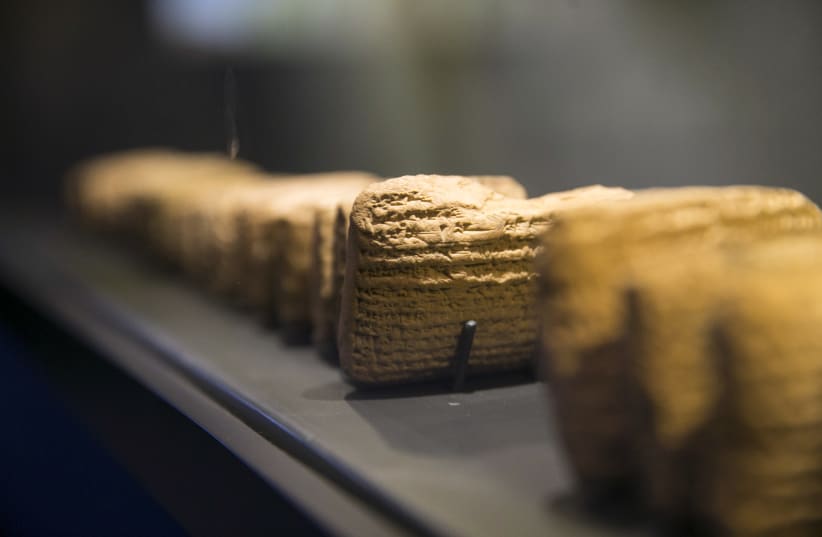Researchers have managed to decipher four 4,000-year-old Babylonian cuneiform tablets that predict future disasters based on lunar eclipses.
The tablets, which are kept at the British Museum and were found over 100 years ago in Iraq, are some of the oldest known descriptions of omens tied to lunar eclipses.
The findings of this study were published in the peer-reviewed academic periodical the Journal of Cuneiform Studies.
A dark omen: Lunar eclipses and foreboding premonitions
Lunar eclipses are an astronomical phenomenon that occurs when the Moon is darkened in the sky, covered in darkness by the Earth's shadow. This is caused by the Earth being in a very precise location, stuck between the Moon and the Sun. This itself only happens when the Moon is full.
Since the celestial bodies were such a constant feature of life everywhere in the world, it makes sense that different cultures hold significance in eclipses. The ancient Babylonians were no exception.
Early innovators in the field of astronomy, though more similar to what we know as astrology, the Babylonians held great significance to the behavior of the Moon. The Moon and stars could hold signs about the will and wishes of the gods, and to tell the future.
Lunar eclipses in particular were seen as dark omens, such as the death of the king. For this reason, the Babylonians developed a method of calculating the occurrences of eclipses. This is known as the saros cycle, which covers a period of 223 lunar months and is able to help determine when eclipses would occur.
But what happened when a lunar eclipse would occur? Essentially, the Babylonain astrologers would consult sources to interpret the eclipse and associated astrological phenomenon. This included other astronomical observations, the practice of extispicy (animal sacrifice), and the consultation of the collection of celestial omens, which essentially are a way of sourcing established tradition of eclipse omens.
But how far back do these collection of omens go? Which are the oldest ones?
As far as scholars are aware, the oldest ones are a collection of four tablets currently in the British Museum. After years, two academics were finally able to translate these tablets to take a look at what some of these omens mean.
Here is a short sample of some of the dark fates the Babylonians believed were heralded by signs interpreted from lunar eclipses.
Pestilence
Economic woes
The death of a king
Destruction of Elam
A great flood
The end of a dynasty
Rebellion
Interestingly, some of these signs were conditional. For instance, in some cases, an omen will give two options. Either a king will die and, therefore, the people of his lands will be fine, or a king won’t die, and the people of his land will suffer.
However, this is also in line with what we already know about these religious practices, where they would employ magical rituals to try and protect the king if necessary.
Luckily, lunar eclipses are not known today to have any dark omens. But these tablets still are a testament to the advancements in astronomy the Babylonians were able to make so many thousands of years ago.

